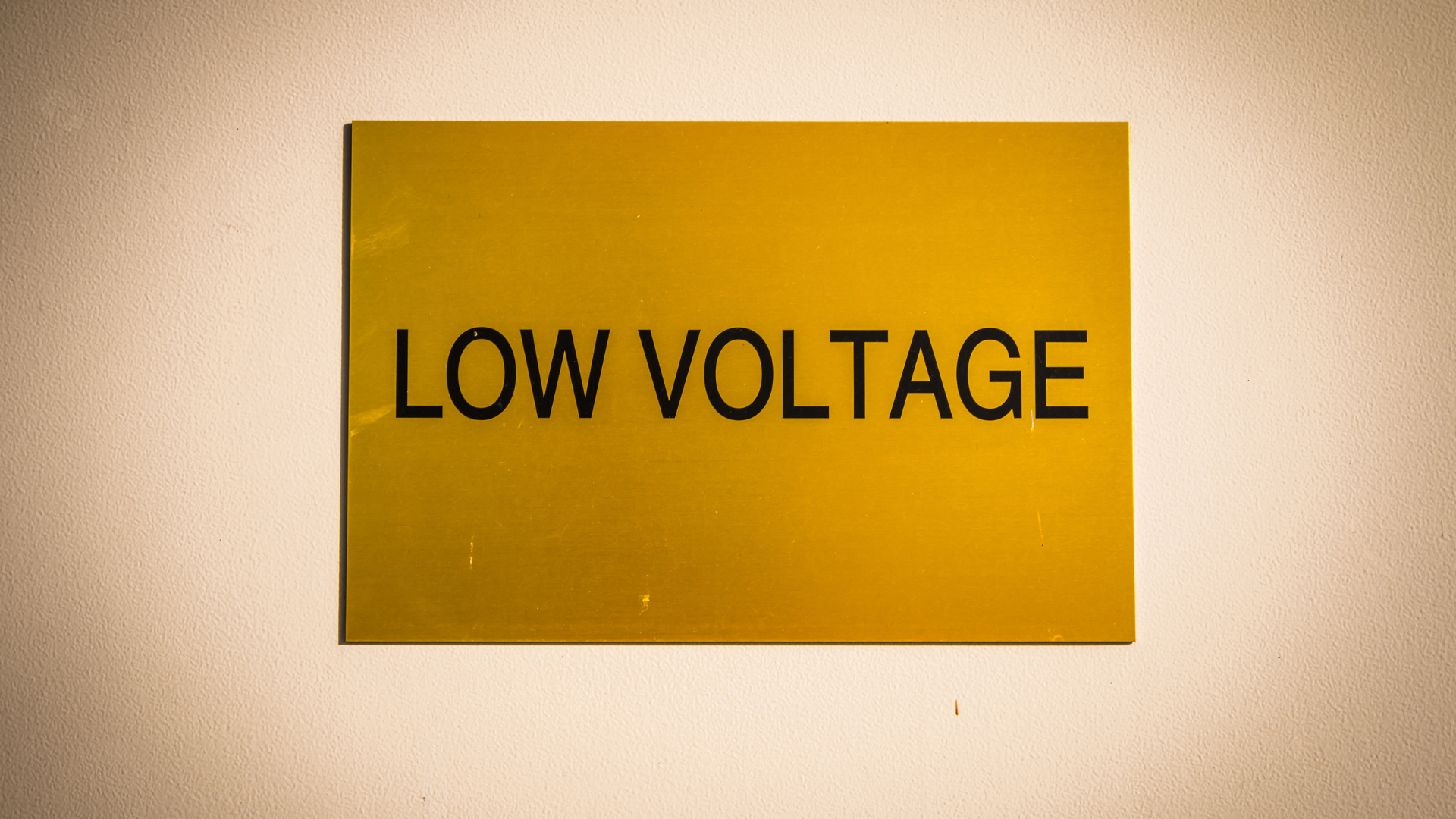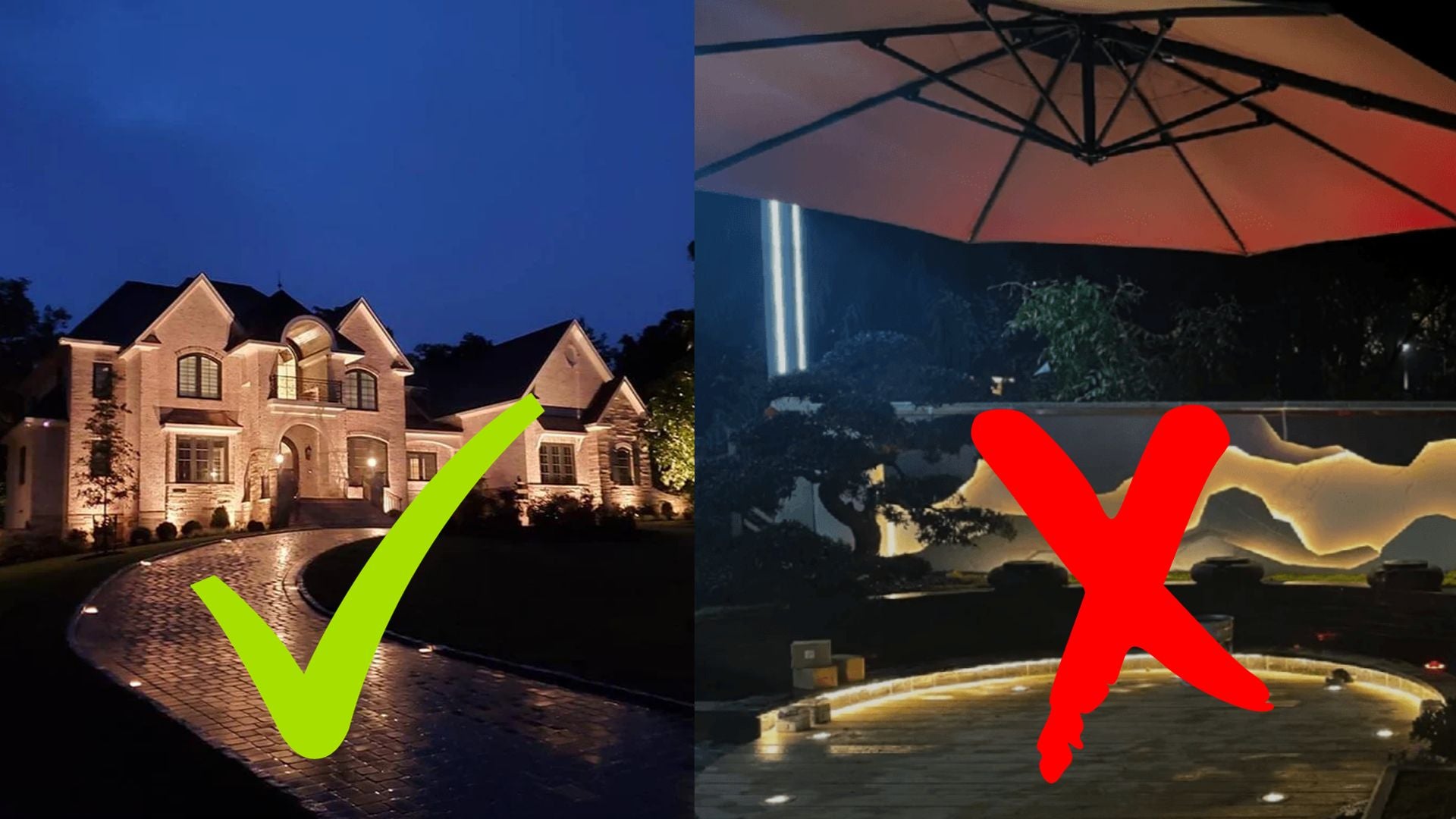Info Leonlite
11-15-2023
How to Maximize Efficiency in Christmas Lighting: Reducing Power Use and Costs

How to Maximize Efficiency in Christmas Lighting: Reducing Power Use and Costs
In the season of joy and festivity, Christmas lights play a pivotal role in creating a magical atmosphere. However, behind the twinkling beauty lies an often overlooked aspect: the power consumption and cost of these lights. As homes and streets light up, so do the electricity meters, leading many to ponder the impact of their holiday cheer on their energy bills and the environment. This article delves into the world of Christmas lighting, exploring the electricity usage of different types of lights, their cost implications, and strategies for efficient and cost-effective lighting. Whether you're a holiday enthusiast or a budget-conscious decorator, understanding the energy dynamics of your festive lights is crucial for a merry, bright, and sustainable holiday season.
* Prices seem high? Could be multi-unit packs. Check your cart for details.
Table Of Content
- Understanding Christmas Lights Power Usage
- Energy-Saving Tips
- Reducing Costs And Environmental Impact
Understanding Christmas Lights Power Usage
The Impact of Bulb Choice
The choice between incandescent and LED bulbs significantly influences your energy consumption and costs. Incandescent bulbs, though traditional, consume considerably more power compared to their LED counterparts. For example, a 100-count string of incandescent mini lights uses about 40 watts, whereas a similar 70 count string of 5mm Wide Angle LEDs only uses approximately 4.8 watts. This disparity in power usage directly affects your electricity bill.
Cost Analysis
Calculating the cost of powering your Christmas lights is straightforward. With the average price of electricity around 11.3 cents per kilowatt-hour, a significant cost difference arises between using incandescent and LED lights. For instance, the cost of powering 10, 100-bulb strands of incandescent mini lights for the standard holiday period is about $10.33, compared to just $1.76 for LED mini lights.
Global Perspective on Energy Consumption
On a larger scale, the energy consumption of Christmas lights in the U.S. is remarkable. In 2015, it was reported that America used more electricity on Christmas lights than the total annual consumption of some countries, like El Salvador, amounting to about 6.6 billion kilowatt-hours.

* Prices seem high? Could be multi-unit packs. Check your cart for details.
Energy-Saving Tips
Switch to LEDs
One of the most effective ways to cut down on energy consumption is switching to LED lights. LEDs not only consume 80-90% less energy than incandescent bulbs but also have a much longer lifespan, lasting up to 100,000 hours compared to 3,000 hours for incandescents. This switch not only reduces electricity usage but also minimizes the need for repeat purchases, offering savings over time.
Smart Usage Strategies
Intelligent usage of Christmas lights can further optimize energy consumption. Utilizing timers to control how long your lights are on and considering the timing of setting up and taking down your lights can contribute to additional savings.
Use of Extension Cords
Instead of extending the length of your display with more light strings, using extension cords in less visible areas can help in reducing the overall energy consumption.

Reducing Costs and Environmental Impact
Energy Efficient Alternatives
Manufacturers are increasingly offering energy-efficient alternatives to popular bulb types, like LED versions of the classic C7 and C9 lights. While these energy-efficient options might initially cost more, they substantially reduce electricity consumption, thus saving money in the long run. LEDs are not only more energy-efficient but also have a longer lifespan, reducing the frequency of replacements.
Practical Considerations
When considering your holiday lighting, think about the combination of bulbs you use. Mixing different types of lights, such as larger C9 bulbs for outdoor use and mini lights for indoor decorations, can optimize both aesthetics and energy usage. Additionally, being strategic about when to turn off your lights, either manually or with the help of timers, can further control your energy consumption.


* Prices seem high? Could be multi-unit packs. Check your cart for details.
Conclusion
In conclusion, the way we use and choose our Christmas lights has a significant impact not just on our individual energy bills, but on a global scale. By understanding the power usage and cost implications of different types of lights, and employing energy-saving strategies, we can enjoy the festive cheer of Christmas lights while being conscious of our environmental footprint and budget. This holiday season, let's light up responsibly!

FREQUENTLY ASKED QUESTIONS (FAQS)
Author

INFO-Leonlite
Tags
LED Lights
LED Bulbs
Energy Efficiency
Power Consumption
Cost Savings
Incandescent Lights















